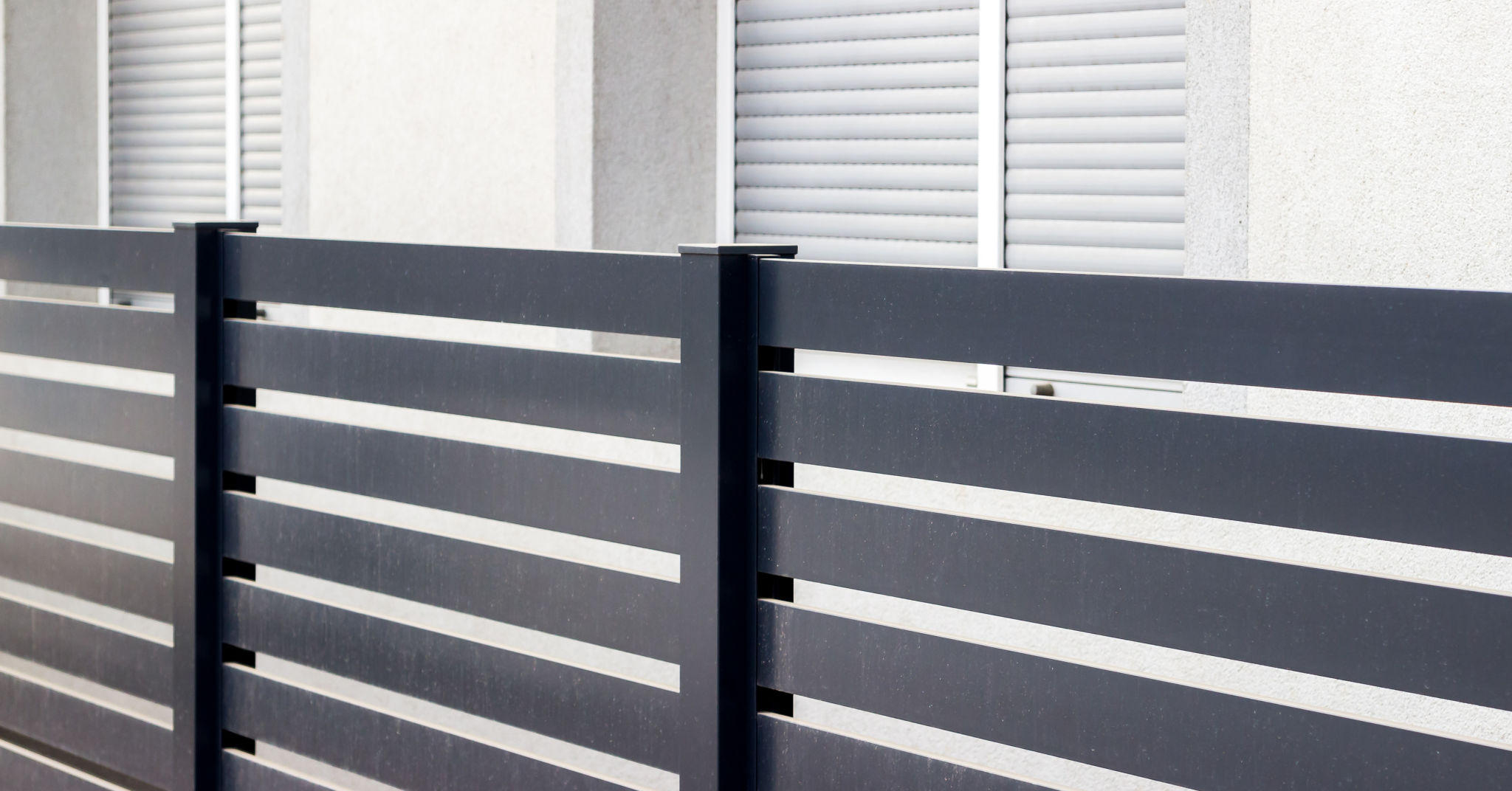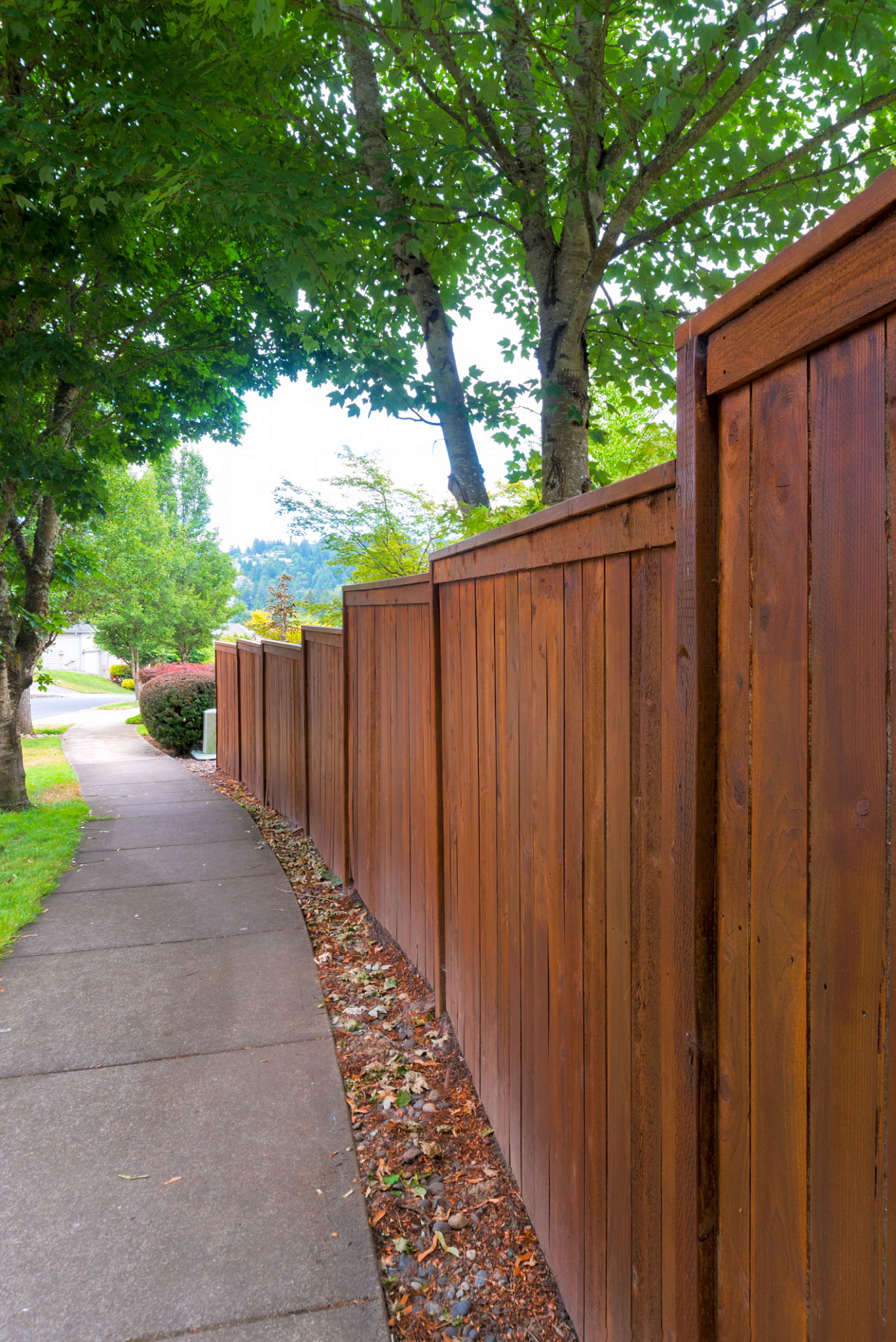Comparing Timber and Aluminium Fencing: Which is Right for You?
WC
The Aesthetic Appeal
When it comes to fencing, aesthetics play a significant role in the decision-making process. Timber fencing offers a natural and rustic look that effortlessly blends with the surrounding landscape. Its warm tones and organic feel can enhance the charm of any garden or outdoor space. On the other hand, aluminium fencing provides a sleek, modern appearance. With its clean lines and contemporary style, it suits urban settings and modern architecture beautifully.

Durability and Maintenance
One of the most critical factors in choosing a fence is its durability and the level of maintenance it requires. Timber fences, while visually appealing, are susceptible to weathering and may require regular treatments to prevent rot and insect damage. Painting or staining can preserve their look, but this adds to the maintenance workload.
Conversely, aluminium fences are highly durable. They are resistant to rust, corrosion, and harsh weather conditions, making them an excellent long-term investment. Aluminium fences require minimal maintenance, often only needing occasional cleaning with soap and water to maintain their appearance.
Cost Considerations
Budget is often a deciding factor when investing in fencing. Timber fencing is generally more affordable upfront compared to aluminium options. The initial costs of timber can be appealing for those looking to save on immediate expenses.
However, when considering long-term costs, aluminium may prove more economical due to its low maintenance needs and longevity. While the upfront cost might be higher, the reduced need for repairs and replacements can make aluminium a cost-effective choice over time.

Environmental Impact
For eco-conscious homeowners, the environmental impact of fencing materials is crucial. Timber is a renewable resource, making it an environmentally friendly option if sourced from sustainable forests. It is also biodegradable at the end of its lifecycle.
Aluminium, while not renewable, is highly recyclable. Over 95% of aluminium used in construction can be recycled, reducing its environmental footprint. Choosing aluminium made from recycled materials can further enhance its sustainability credentials.
Security and Privacy
Security and privacy are essential considerations for any homeowner. Timber fencing can offer solid panels that provide excellent privacy. Its height and solid construction can deter intruders while keeping prying eyes at bay.
Aluminium fencing, while offering security, typically features open designs with gaps between panels. This style can be less private but provides visibility, which might be preferable for some homeowners who value openness.

Installation Process
The complexity of installation can also influence your decision. Timber fences usually require professional installation due to their weight and the need for precise alignment to ensure stability.
On the other hand, aluminium fences often come in pre-assembled panels that are lighter and easier to install. This can make aluminium a more appealing option for DIY enthusiasts looking to save on installation costs.
Conclusion
Ultimately, the choice between timber and aluminium fencing depends on your specific needs and preferences. If you value a natural appearance and are willing to invest in maintenance, timber could be the perfect fit. However, if durability, low maintenance, and modern aesthetics are your priorities, aluminium may be the better choice.
By carefully weighing these factors, you can select a fencing option that not only meets your aesthetic desires but also aligns with your budget and lifestyle requirements.
